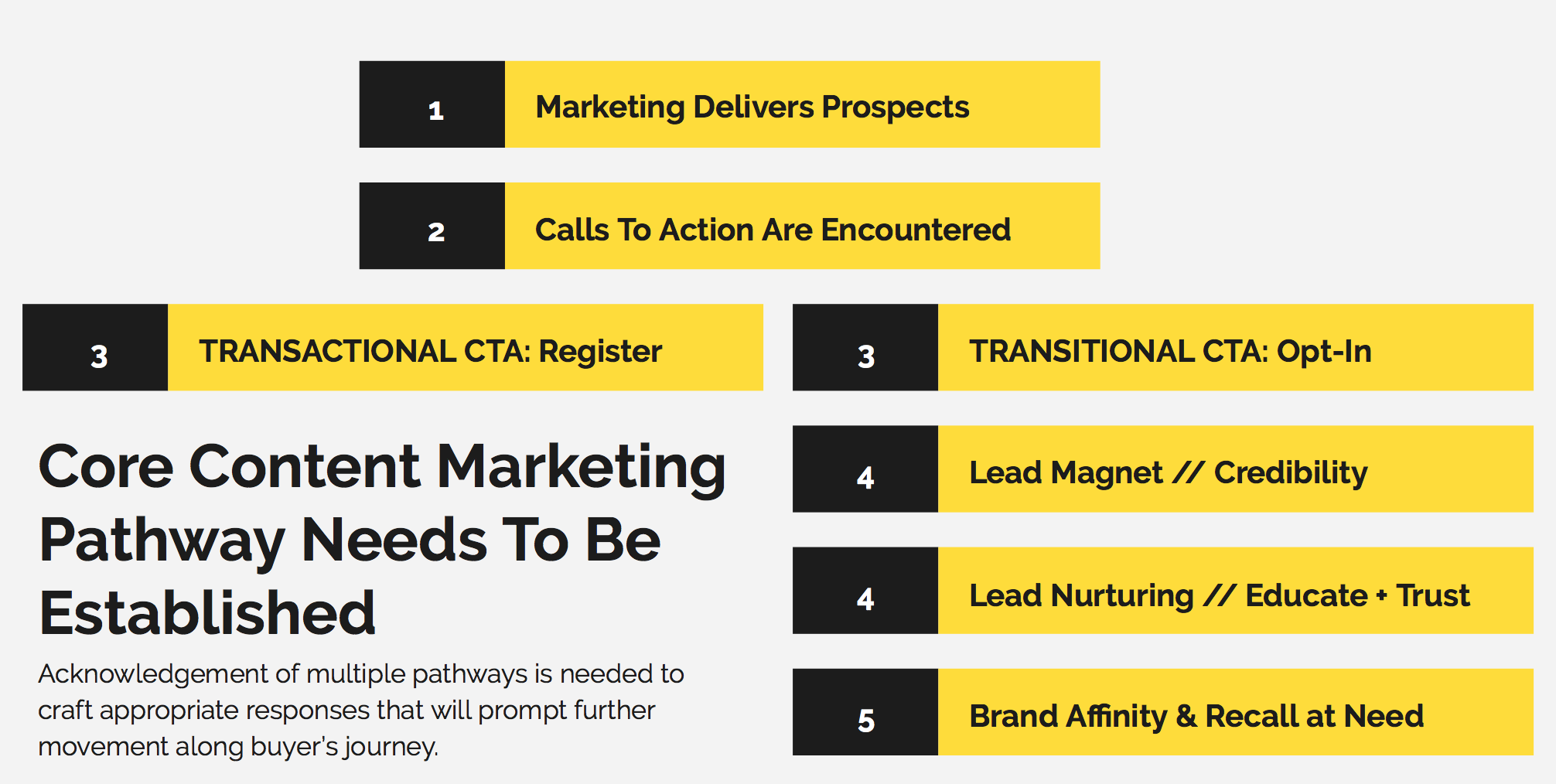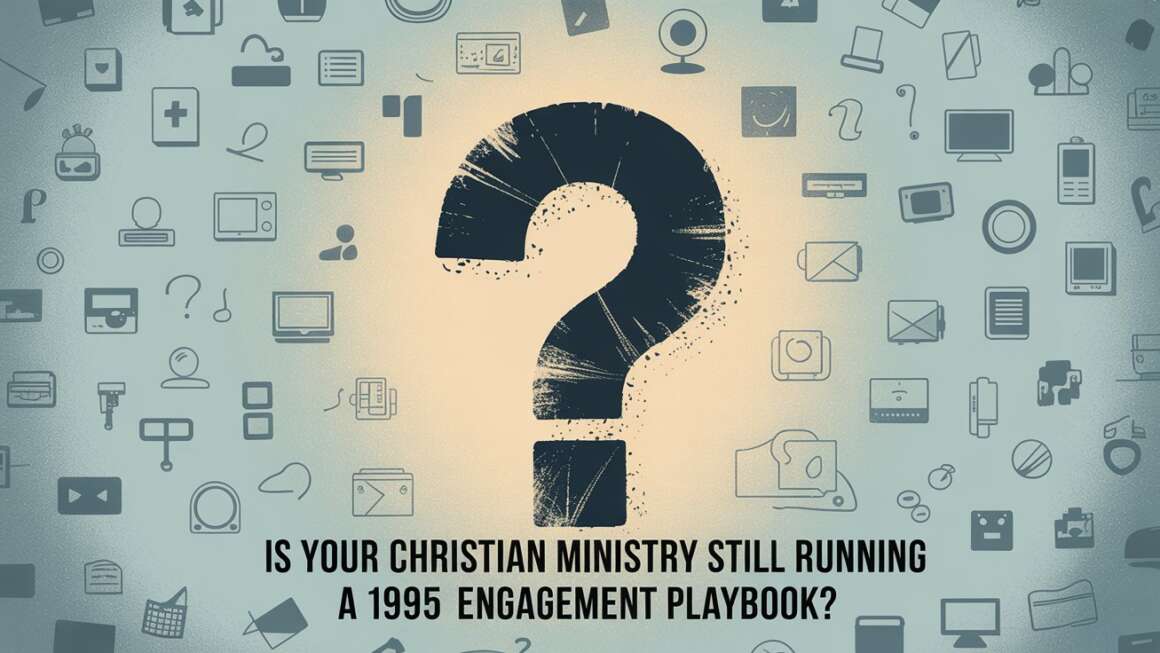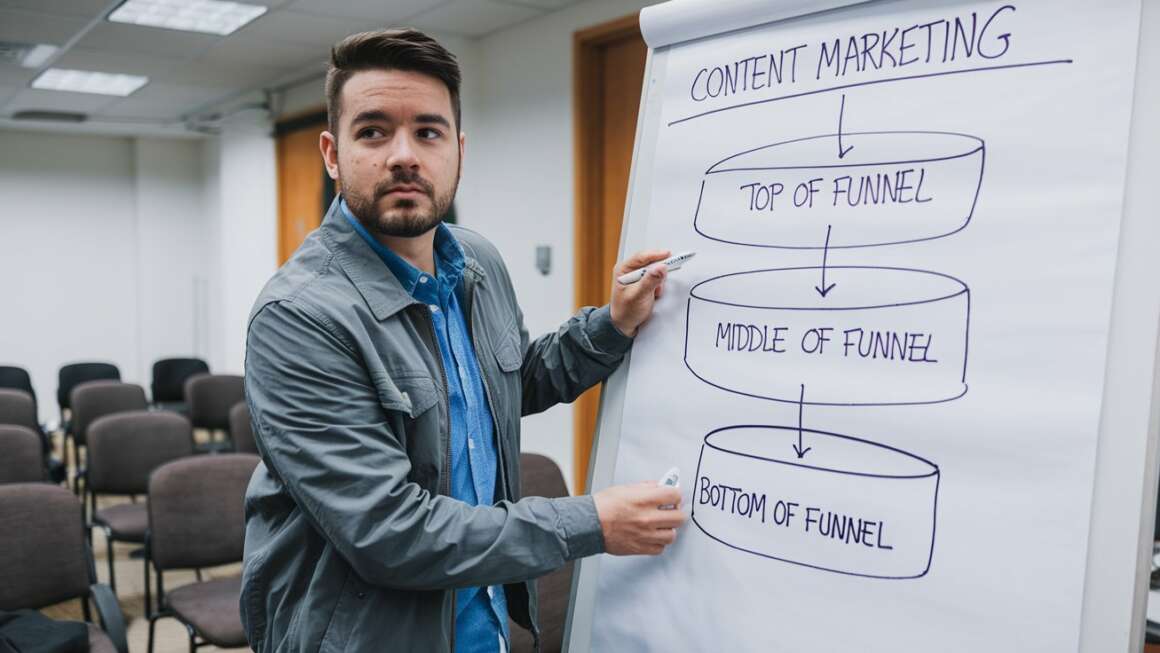BIG MISTAKE
One of the biggest misunderstandings or marketing on the web is what to do once they arrive in your website.
So many people still have the “let’s build it and they will come” mentality. And stop right there.
One of the biggest fatal mistakes is when you haven’t given a second of thought to what happens once they come to your site.
NOW WHAT?
Do you know what they’re supposed to do? Because if you don’t have it clear in your mind, no visitor will understand what they’re supposed to do either.
And if they don’t have a clear call to action presented to them, you are basically leaving it up to them whether not you will reach your business objectives with the website.
And let me tell you, that’s not a good thing.
LEAD THE WAY
Have you ever walked into an IKEA store? There’s one way in. One way through the store. One way out.

And if you get confused once you get there, they have built their store experience intentionally so that there is course correction over and over again. Their messaging and call to action is — go this way….Period.
Basically, you need to think of your website experience in the same way. What do you want your website visitors to do once they get there?
DEFINE THEIR OPTIONS
And the answer is not to give them a menu with a plethora of choices so they get paralyzed. You spent time and energy, and probably actual marketing dollars in order to get them to your page. Plus you have only eight seconds to engage them before they hit “back” or abandon the page. If they somehow pass that threshold, you really need to take control of experience.
Leaving it up to your visitors to decide the outcome always sets you up for failure.

And don’t forget the waste of resources and money you invested into getting people to your site to begin with.
PLAN THE ENTIRE PATH

So how do you establish the core content marketing pathway? This is a basic workflow for a typical website experience you should consider.
STEP ONE: your marketing activities is responsible for bringing people to the site. This is a mix of tactics utilizing paid, earned, partner, and owned media. Marketing drive traffic of prospects to the website.
STEP TWO: you have less than eight seconds to clearly present your positioning. Your visitors should know if this website is for them, and what you are asking them to do.
STEP THREE: Now this step is super important. Typically most sites focus on one call to action (or is super confusing and offers a bunch all at once). Most websites get this wrong and only offer a significant call to action for which a very slim potion of the audience is ready to take. Most serious transactional call to actions are not impulse decisions. That one main call to action is meant for your best case scenario visitor. It could be registering for an events, signing up for the program, indicating interest for volunteering, etc. If that’s your only call to action, you’ll lose the clear majority of people who come to your website.
The better way is to ALSO offer some sort of transitional call to action. Something for people who are not ready to make the full commitment.
STEP FOUR: So if the website visitor is not ready for your transactional call to action, this is your chance to offer some sort of “lead magnet” to entice them to opt-in to your email list. The transitional call to action is your chance to do build credibility with this audience.
You must figure out how to offer something of value that will help establish that credibility. Download a PDF report, a cheat sheet, access to a tutorial video, or a downloadable resource which is of high value to the visitor you are targeting. This will start the process of establishing your value in their mind.
Once on your email list, you have permission to have a conversation with them. This is where you need to send them periodic emails on a consistent basis to help educate them, all along building trust in the relationship between you and prospect.
STEP FIVE: your lead nurturing email sequences can periodically offer your larger transactional calls to action. If you’re doing things well with your relationship building and lead nurturing, you are building brand affinity. You are earning the Right to make the big ask. The big point is that when the audience is ready to make a decision and commit, you are firmly established in their mind at that point for engagement. This is important since if you intentional about nurturing the lead all along, you have the advantage of: (a) already being in front of your audience when needed, as well as (b) already doing the “pre-sales” work in convincing them that you are the right solution for the offer.
As you can see, this is more than a simple “build it and they will come” approach.
Not many churches and nonprofits have fully embraced this approach to using their website strategically. It isn’t enough to put up a brochure on the web and expect your visitors to do all the work of convincing themselves to fully engage with you.
USE YOUR SITE STRATEGICALLY

This is your chance to really take an asset you already have and put it to tangible use in achieving your organizational goals, whether that means more visitors to your programs, more donations, more volunteers or anything else you choose to plan for with your website.
Let me know what questions you have with this basic framework of content marketing and read nurturing. Leave your question and a comment below.



